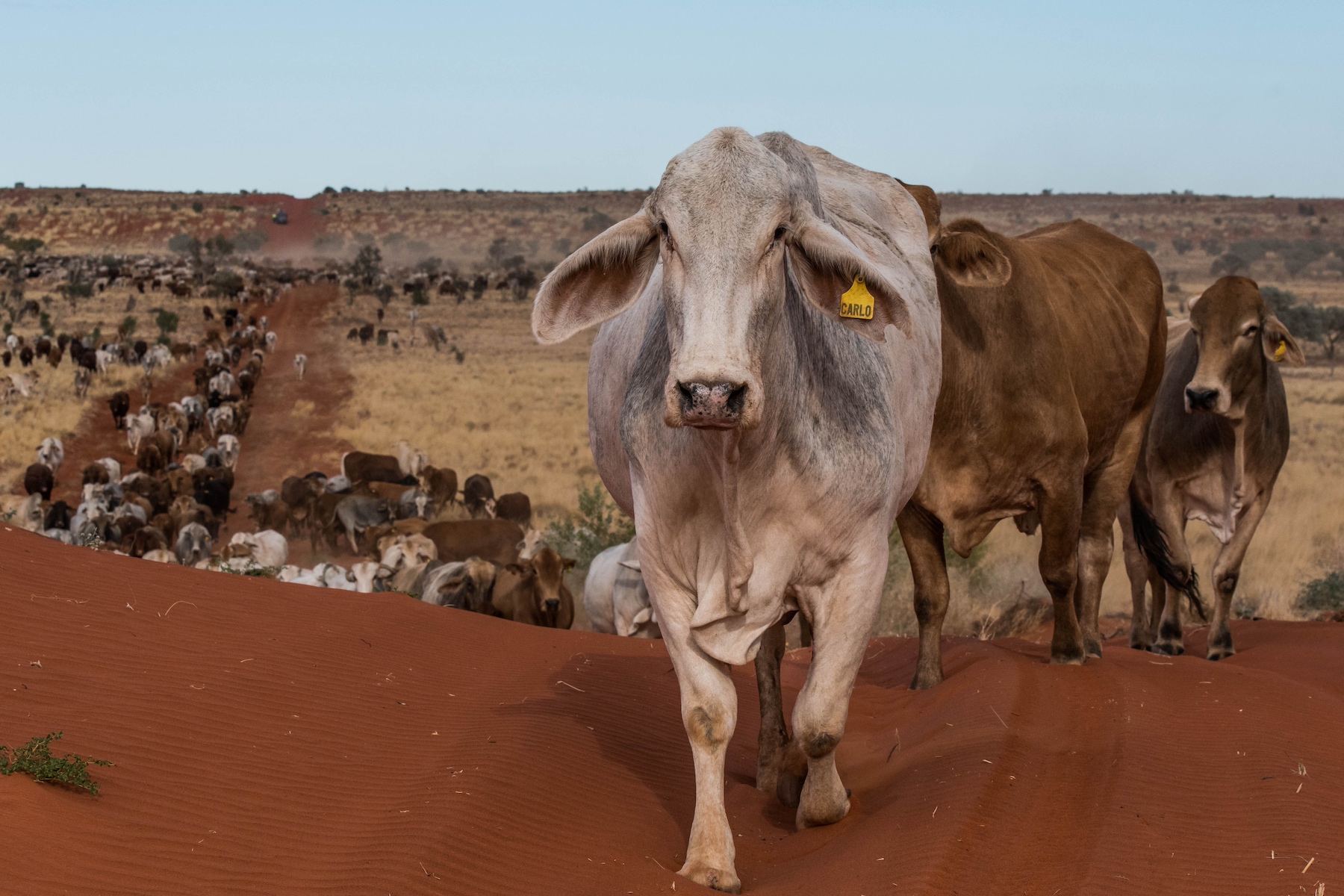Wool market carries confidence into final sale before Christmas
Australia’s wool market posted another strong performance this week, with all micron categories attracting solid support across the three selling...
2 min read
Tom Rookyard : Jan 24, 2025

September 2024 Quarter data from the Australian Bureau of Statistics (ABS) suggests that Australia is in a destocking phase as the female slaughter rate is more than 47% and has been all year, sitting at 49%, 53% and 53% for March, June and September quarters. The number of cattle slaughtered in the September Quarter was also the seventh highest since the year 2000, seeing 2.241 million head slaughtered. The only period in the past 25 years that was higher was June 2014 through to September 2015 during the largest cattle destocking phase seen in recent history. But is Australia really in a destocking phase?
READ MORE: Australia’s cattle herd isn’t in liquidation
With large areas of NSW heading into Autumn and Winter, cattle trading is always on buyers minds. The trading opportunity of buying PTIC cows to calve down and split the articles targeting specific markets has risen significantly over the past few years. Analysing AuctionsPlus data over the past five years offers an insight into the opportunity for cattle traders. Autumn is the traditional point in the market when PTIC cows and heifers are offered onto the market - across the past three years averaging 40% of the offering. On a buying front NSW dominates the space, averaging 56% of the purchases of PTIC cows and heifers since 2019, followed by QLD (23%) and VIC (13%). Reviewing Queensland data, the maroon state is significantly more sporadic and clearly season dependent, with no clear dominate buying month.
The gap between steers and heifers represents opportunity for traders in the beef industry and offers views into buyer appetites. 2025 has opened as 2024 closed, with the steer premium holding strong. Reviewing with Meat and Livestock Australia's National Restocker Yearling Heifer Indicator and National Restocker Yearling Steer Indicator offers a few insights. Since 2021 the premium of steers over heifers has averaged 70c, and across 2024 it was an 82c premium. 2025 opened with a 72c premium, falling from 83c in December 2024. In late 2020 the gap fell to a low of 24c, and across the entire year averaged 35c - primarily due to drought, causing producers to veer away from trading and speculating on the market. Interestingly even during the beef market crash of 2023, the average gap across the year was 74c, showing traders appetite. The heifer trade has been extremely popular with traders targeting either a restocker market as breeders or directly into feedlots from a weight gain. Traditionally gap between steers and heifers increases in a better seasons as larger volumes of producers are looking for trades and the gap reduces when beef operations are gearing up for a herd building phase targeting or holding onto breeders.
Victoria has had their largest number of females slaughter in a quarter in more than 40 years, NSW in over 20 years, while Queensland has had their largest female slaughter since 2015. September 2024, saw 284,000 and 331,000 for NSW and Victoria respectively, NSW hasn't been at that level since June-2001, while Victoria is the highest since March 1978. The poor Southern season in 2023 coupled with strong female prices has seen producers offload numbers at record levels. The retention of female calves will no doubt have a massive impact on prices over the next 24 months.
2024 was a record year for many reasons and in many stock categories. On the transaction front, reviewing National Livestock Reporting Service (NLRS) numbers, sheep saleyard transaction saw its largest year since 2018, and its fifth largest since 2000 - seeing 14.9m sheep and lambs offered nationally. The cattle side of things experienced a similar trend, 2.6m cattle were offered nationally, the largest year since 2019.
Sources: Australia Bureau of Statistics, AuctionsPlus, MLA
.png)
Australia’s wool market posted another strong performance this week, with all micron categories attracting solid support across the three selling...

The latest ABARES outlook for livestock products has sheepmeat production dropping for the 2025–26 financial year, pushing prices higher and...

Australia enters 2026 with both the beef and sheepmeat sectors positioned at significant turning points shaped by evolving supply cycles, global...